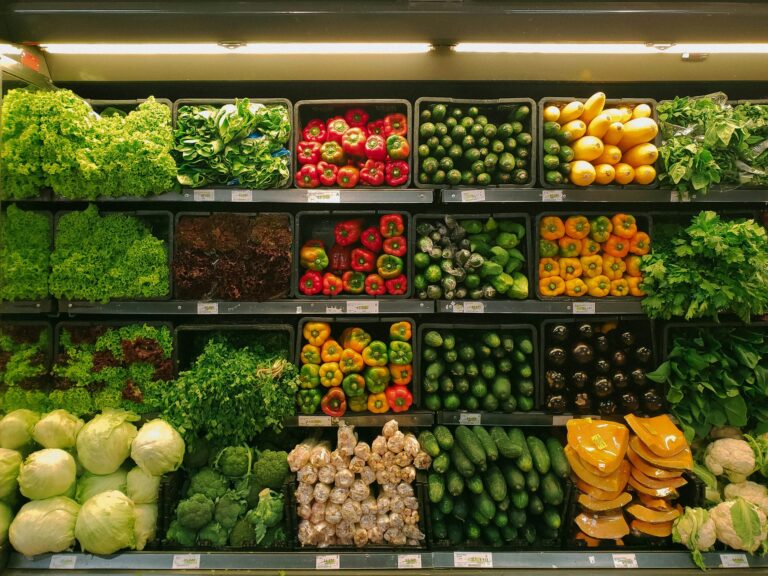Meal prepping is one of the easiest ways to take control of your grocery budget while maintaining a healthy and balanced diet. Instead of scrambling to figure out what to eat each day—or worse, resorting to expensive takeout—planning ahead helps you cut food waste, avoid impulse purchases, and make fewer trips to the store.
The best part? Meal prep isn’t complicated or time-consuming. Once you get into the routine, you’ll find that it actually saves you time and effort while keeping your meals affordable and stress-free. Here’s how to get started.
1. Plan Before You Shop
The foundation of successful meal prep starts before you ever step foot in the grocery store. Instead of shopping randomly, pick 2–3 proteins, 3–4 veggies, and a few carb options to create versatile meal combinations throughout the week.
For example, you can choose:
- Proteins: Chicken, ground turkey, tofu
- Veggies: Spinach, bell peppers, carrots, zucchini
- Carbs: Rice, quinoa, sweet potatoes
By rotating these ingredients into different meals—like stir-fries, bowls, and wraps—you can keep things interesting without overspending. A little planning goes a long way in helping you stick to your budget while ensuring variety in your meals.
2. Stick to a Budget-Friendly List
The secret to cutting grocery costs lies in buying versatile, affordable staples. Instead of loading up on convenience foods, base your meals around low-cost, nutrient-dense ingredients like:
- Rice, oats, lentils, beans – Cheap, filling, and great for meal prep
- Frozen vegetables – Just as nutritious as fresh, but way more affordable
- Seasonal produce – Always the best-priced and freshest option
Skip items that don’t have multiple uses in your meal plan, and avoid buying excess snacks or pre-packaged meals—they drain your budget fast.
3. Batch Cook in One Session
Instead of cooking every single day, dedicate one session to prepping your meals for the week. Use your oven and stovetop at the same time to save time and effort.
For example:
- Bake chicken while simmering a pot of rice or chili
- Roast veggies while prepping salads or grain bowls
- Cook extra portions to store for later in the week
Once cooked, store meals in individual containers so you can grab and go without needing to cook each day. Batch cooking makes meal prep effortless and guarantees you’ll have food ready when you need it.
4. Use the Freezer Wisely
Your freezer is one of your biggest money-saving tools when it comes to meal prep. By doubling recipes and freezing leftovers, you’ll have ready-made meals for busy days without wasting food.
Make sure to:
- Label everything with a date to avoid wasted food
- Store meals in portion-sized containers for easy reheating
- Freeze soups, stews, proteins, and cooked grains for quick meals
Freezing meals keeps your grocery spending low while ensuring you always have something nutritious ready to eat.
5. Build a Go-To Rotation
If meal prepping feels overwhelming, simplify the process by creating a 2–3 week meal rotation filled with your favorite dishes.
This strategy helps:
- Reduce meal planning time since you already know what to prep
- Make grocery shopping more efficient with a consistent list
- Ensure variety while keeping meals budget-friendly
For example, you can alternate between meals like:
- Week 1: Stir-fries, grain bowls, pasta dishes
- Week 2: Tacos, soups, sheet-pan dinners
Once you develop a routine, meal prepping becomes second nature—saving you both time and money every week.
Start Today and Save Big
Meal prepping isn’t just about eating healthier—it’s about taking control of your grocery spending and making sure your money is used wisely.
Once you build the habit, you’ll wonder how you ever lived without it. Start with small changes, find your favorite meals, and watch your food budget shrink while your meal quality improves. Your wallet—and your stomach—will thank you.




